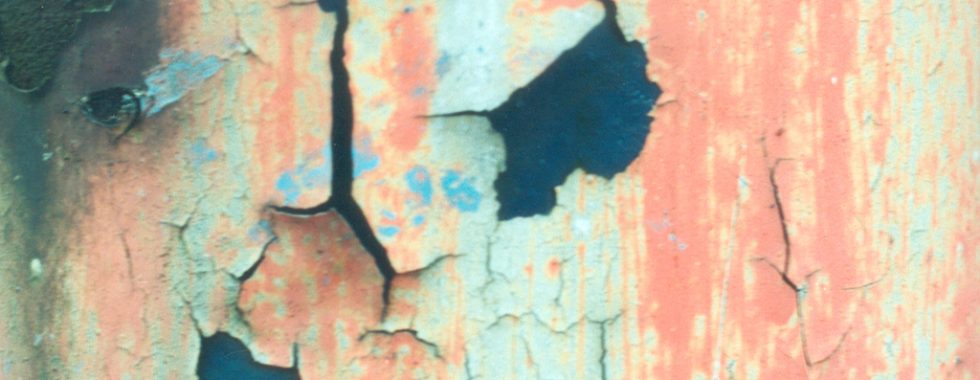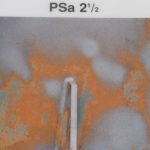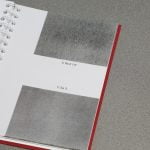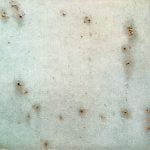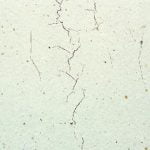Evaluating the degree of flaking
Flaking is a strong visual indication that a protective coating has failed – and one of the most effective ways to assess the problem is covered by ASTM D772.
A reduction of bond strength between a paint coating and the surface to which it’s applied can lead to problems around adhesion loss or failure. This can occur if the paint’s applied to a damp surface or its exposed to high humidity. Poor surface preparation, expired or low-quality paint, or improper application can also be factors that impact on the long-term performance of coatings.
A common indicator of failure is flaking (or scaling as it’s sometimes called). This is caused by the actual detachment of pieces of the paint film itself either from the substrate or from a previously applied coating. Cracking, checking or blistering can all precede flaking, resulting in the loss of adhesion, usually due to stress/strain factors coming into play.
Evaluating the degree of flaking of exterior paint is covered by the ASTM D772 – a test method that provides a means of evaluating the degree of failure by comparison to pictorial standards and uses a rating scale. This is similar to ISO 4628 Part 5 but ASTM D772 uses instead a 10 to 0 rating scale, where a rating of 10 is no flaking and a rating of 0 is the most severe flaking. The two standards also use different pictorial reference photographs for determining the rating values.
When using photographic references, some precautions are required:
• Care must be taken not to confuse various types of failure that may be present on the same surface.
• An average portion of the film should be used for comparison. On larger surfaces it is recommended that ratings be made at several locations and the mean and range reported.
• Bear in mind that flakes may vary widely in size and shape from those illustrated by reference standards – from a fraction of an inch to several inches in size.
• Peeling is frequently due to a moisture condition and when this is evident it should be taken into consideration in any evaluation.
• Records should be kept on a Standard D1150 form or any other similar ones for convenience and improved data management
Because visual inspections can be subjective – and consistency is critical as part of any comprehensive testing programme – they must be performed by a trained and experienced inspector. Expertly carried out visual inspections will also deliver good qualitative and quantitative ratings, helping to determine the viability, integrity and durability of protective coatings. More about ASTM D772 at Fitz’s Atlas of Coating Surveys at https://fitzsatlas.com/

